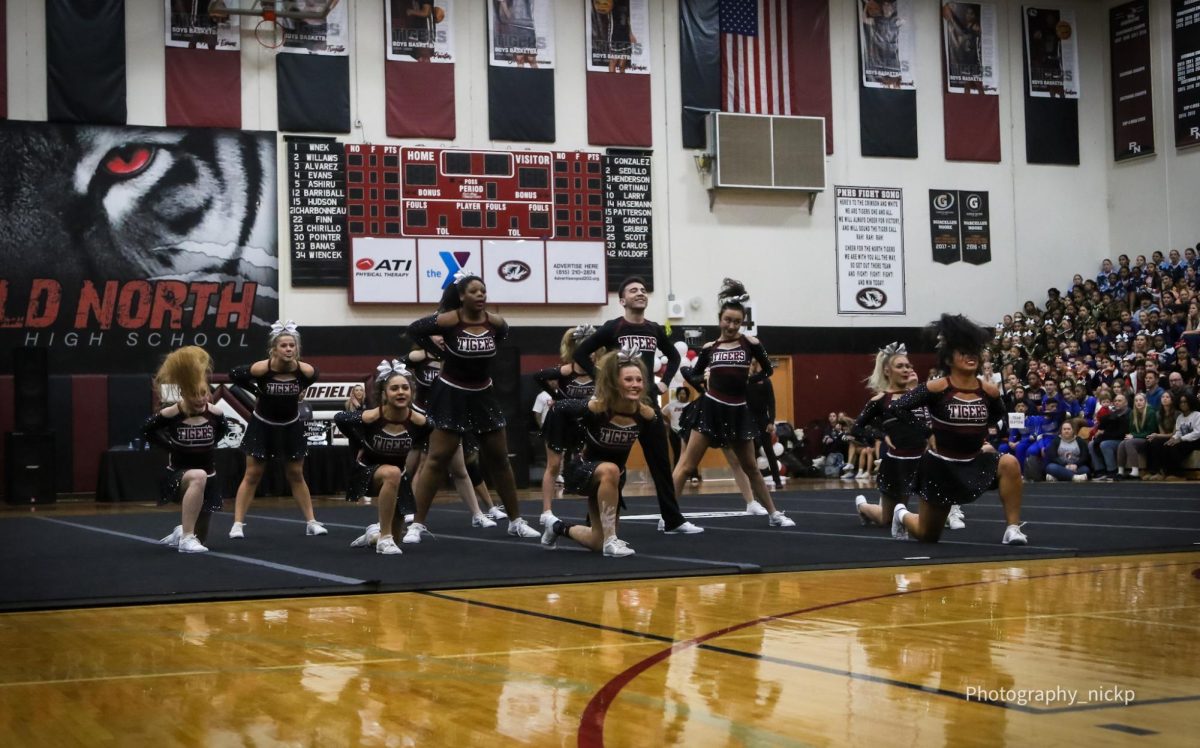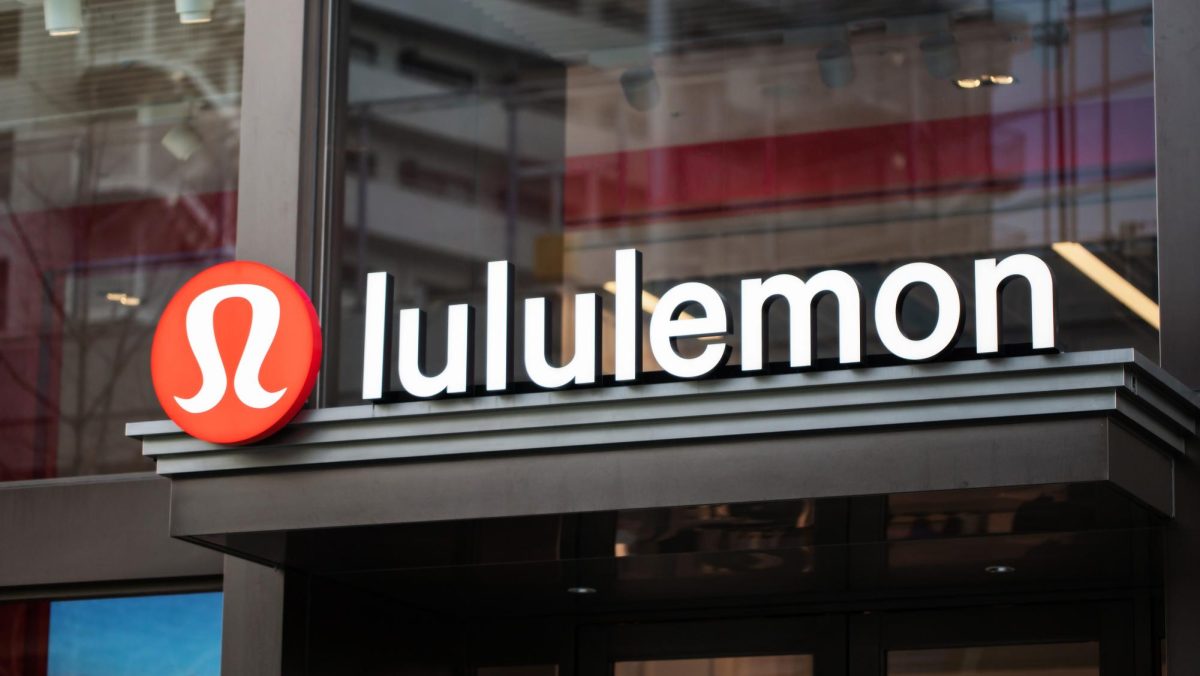Taking Sides: Public Schools
March 17, 2020
The school year is rapidly coming to a close. For most seniors, this means figuring out a college. There are many choices when it comes to attending college, and one question that often comes up is whether to go to a public or private university. Going to a public university is definitely better for students.
Going to a public university is cheaper than going to a private one. According to the College Board, the average cost of attendance at a public university in 2018-19 was $21,317 for in-state students, including fees, tuition, and housing. For example, going to the University of Illinois costs $15,122 for in-state tuition. Going to a private school such as DePaul University costs $39,975 in tuition.
Students with lower GPAs and test scores will also find it easier to get admitted into a public university. Private universities often require very high GPAs and test scores that could be hard to achieve for high school students. For example, the average SAT score of applicants at the University of Notre Dame, a private university, is 1410-1540, while at Indiana University, a public university, the average SAT score of applicants is only 1175.
Public universities are also better funded compared to private ones because public universities get the majority of their funding through the state governments, which allows the colleges to charge less tuition. According to the Chicago Tribune, Illinois public universities received $1.16 billion to operate. Private universities mostly rely on tuition and donations as their main source of revenue, which is why on average private schools cost more than public ones.
Additionally, class sizes at public schools are on average bigger than private schools. This allows public schools to have more courses available to students. The majority of public universities will have classes to match a student’s major compared to private schools, where the class choices are limited.
For example, at the University of Iowa, there are over 200 majors offered. At Loras College, a small private school in Dubuque consisting of around 1,600 students, there are only 36 majors offered. In addition to the larger number of majors available to students at bigger public schools, there are smaller “colleges” like a college of business within the university.
The larger amount of major options at public universities allows students to switch majors if they want. Students won’t have to worry about having to switch schools because their university does not have their major.
Finally, a public university could help an undecided student better than a private one would. The majority of the time, public universities have almost all possible majors offered, which would help an undecided student by not forcing them into a major they do not want to purse. If a student is still trying to figure out a career path, it can be done.
Overall, public universities are superior to private ones. They offer more major options and courses, they’re cheaper and they provide high-quality education for less than private universities.






